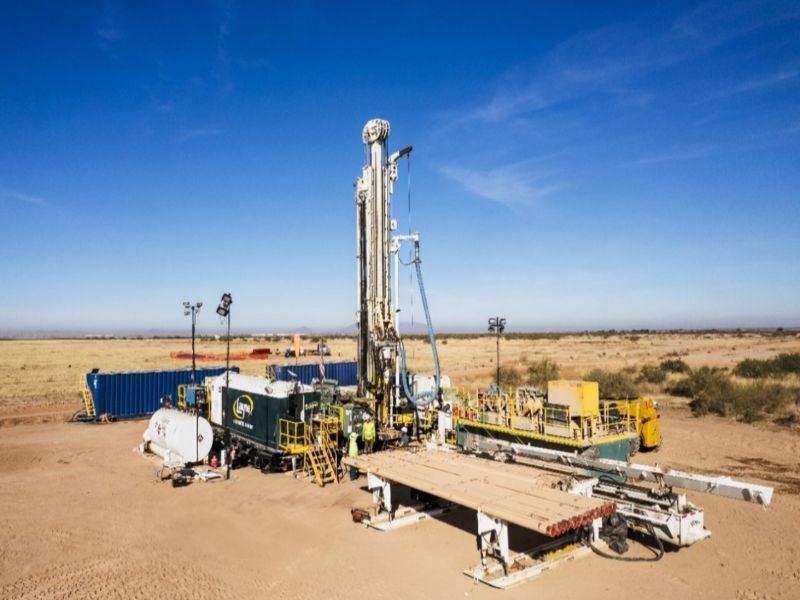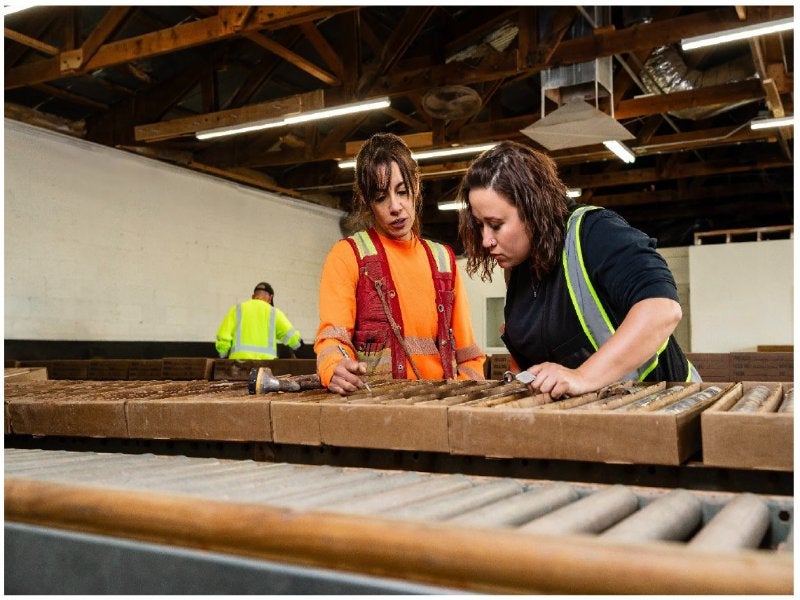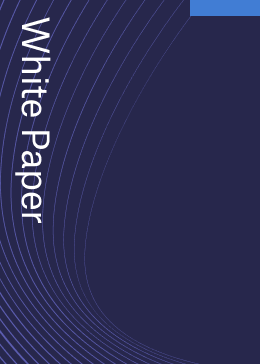The Santa Cruz Copper Project in Arizona, US, is owned by Ivanhoe Electric through its subsidiary, Mesa Cobre Land Holding.
In September 2023, Ivanhoe Electric completed the preliminary technical and economic study or the initial assessment (IA) for the project.
The company completed and published the results of the preliminary feasibility study (PFS) for the project in June 2025.
According to the PFS, the project is estimated to produce 1.4 million tonnes (mt) of copper cathode over a 23-year mine life. The initial capital requirement is estimated at $1.24bn.
The development timeline targets the start of construction in the first half of 2026, with first copper cathode production anticipated by 2028.
The project is expected to create 900 jobs during the construction phase and 600 jobs during the operational phase. It is expected to meet the increasing demand for copper cathodes.
Santa Cruz Copper Project location
The Santa Cruz Copper Project is situated in Casa Grande, approximately 40 miles south-east of Phoenix, Arizona. The site is approximately a 92km drive south of the greater Phoenix metropolitan area.
Overall, the project encompasses around 6,000 acres of privately owned land, including surface, mineral, and associated water rights.
The project’s surface footprint, which is under 2,600 acres, allows for potential future expansion. Additionally, approximately 900 acres are designated for a planned solar facility and battery storage.
The project also benefits from established power and transportation infrastructure and draws on a skilled local workforce.
Geology and mineralisation of Santa Cruz Copper Project
The Santa Cruz Copper Project is located within the Southwestern Porphyry Copper Belt, known for its abundant, productive copper deposits such as the Morenci Copper Mine and Sierrita Copper Project. These deposits are part of the Basin and Range Province, a large physiographical area that spans much of the southwestern US.
The project consists of four separate areas along a southwest-northeast corridor. These areas include the Southwest exploration area, the Santa Cruz deposit, the East Ridge deposit, and the Texaco deposit.
Each area corresponds to portions of one or several extensive porphyry copper systems, divided by extensional normal faults of the Basin and Range province.
Mineralisation within the project area is categorised into supergene copper oxide mineralisation, secondary supergene sulphide mineralisation, and primary hypogene sulphide mineralisation.
The supergene copper oxide mineralisation primarily comprises atacamite and chrysocolla, along with smaller quantities of cuprous goethite, copper-bearing smectite clays, tenorite, cuprite, copper wad, and native copper.
The secondary supergene sulphide mineralisation is chiefly chalcocite, while the primary hypogene sulphide mineralisation comprises chalcopyrite and molybdenite, found within quartz-sulphide stringers, veins, and breccias.
Santa Cruz Copper Project reserves
The Santa Cruz Copper Project includes probable mineral reserves of 136.17mt grading at 1.08% of copper, containing 1.5mt of copper.
Additionally, indicated resources, excluding mineral reserves, contain another 1.5mt of copper, including 1mt suitable for the heap leaching flowsheet as outlined in the PFS.
Inferred resources across the Santa Cruz, East Ridge, and Texaco deposits contribute an additional 3.3mt of contained copper, offering substantial potential for future expansion.
Mining at Santa Cruz Project
The Santa Cruz Copper Project will be mined using transverse underground longhole stoping, based on the mineralisation’s geometry and supporting geotechnical data.
The project includes three mining zones, namely Santa Cruz, Verde, and East Ridge, with the Santa Cruz zone identified as the primary production area.
Two conventional twin decline ramps with a combined length of around 8km will provide access to the mining reserves. One of them will serve as the main access, while the other will be used as a Railveyor system for material handling.
Mining operations will be conducted in blocks, with ore extracted from the bottom upward in each block.
Paste backfill will be used to provide ground support, with a sill pillar maintained between blocks.
Ore will be moved from the stopes with load–haul–dump (LHD) machines into an orepass system, which will transfer the material from a chute onto a conveyor, which will then load the ore onto the Railveyor for transportation to the surface.
The copper project plans to use the latest mining equipment, including a teleremote-operated electric fleet, mine telemetry and grade control technologies for mining.
The initial mining rate is estimated to be approximately 20,000 tonnes per day (tpd). This rate of production will result in an annual average output of 72,000t of copper cathode over the first 15 years of the mine’s life.
Ore processing at Santa Cruz Copper Project
Mined ore from the Santa Cruz Copper Project will be processed using a conventional chloride-assisted on/off-heap leach method, along with solvent extraction and electrowinning to produce copper cathode.
The run-of-mine (ROM) ore will either be fed into a surge hopper for crushing or diverted to the coarse ore stockpile for future processing.
The fine ore from the crushing circuit will be transferred to agglomeration drums, where sulphuric acid and sodium chloride will aid in agglomeration and leaching. The crushed and agglomerated ore will be transported to the leach pad using haul trucks and overland conveying equipment.
A mobile conveyor will feed two self-propelled indexing conveyors, leading to a mobile radial stacker that will arrange the cells in a 130m-wide, half-moon formation.
The leach pad will consist of seven cells, separated by spacer strips. These cells will be irrigated with raffinate, a depleted pregnant leach solution, and the leach solution will flow to the pregnant leach solution pond.
The solution will be managed in a series of lined ponds, designed to contain operating solutions and stormwater.
The solvent extraction circuit will feature two parallel trains, each with two extraction stages, including two wash stages, and one strip stage.
The copper electrowinning tankhouse will include cells with lead anodes and stainless-steel cathode blanks. Copper cathodes, electroplated onto these blanks, will be manually harvested using an overhead crane.
The cathodes will be stripped in an automated machine, and the cleaned blanks will return to the cells. The final cathode copper will be bundled, sampled, weighed, labelled, and prepared for shipment.
Infrastructure details at Santa Cruz Copper Project
The Santa Cruz Copper Project is accessible via all-weather road networks from the West Gila Bend Highway (Highway 84), situated 11km west of Casa Grande. It is also accessed by rail and air.
Power for the project will come from a combination of on-site renewable energy sources and utility grid supply, to achieve at least 70% of energy from renewable sources.
An on-site battery energy storage system, featuring a lithium-ion setup rated at 140MW/560MWh, is also planned.
It is estimated that the copper project will consume between 580,000MWh and 690,000MWh of electricity annually during peak production years.
Water for process operations at the Santa Cruz Copper Project will be obtained through existing grandfathered Type I non-irrigation rights and mine dewatering. Potable water will be transported from the city and stored in a tank to supply the surface facilities.
The project will also include a mobile cement batch plant, a paste backfill batch facility, and maintenance and warehouse facilities, among others.
Financing details at Santa Cruz Copper Project
In April 2025, Ivanhoe Electric received a letter of interest from the Export-Import Bank of the United States (EXIM Bank) for up to $825m in debt financing for the development of the Santa Cruz Copper Project.
This potential financing, part of EXIM Bank’s Make More in America initiative, carries a 15-year repayment period.
Contractors involved
In May 2024, Ivanhoe Electric selected Fluor Enterprises as the lead consultant for the PFS of the Santa Cruz Copper Project. Fluor Canada took the role of project lead for the study and was also responsible for surface infrastructure and heap leach pads.
Other consultants involved in the PFS include BBA USA, KCB Consultants, Paterson & Cooke USA, Met Engineering, INTERA, Burns & McDonnell Engineering Company, Geosyntec Consultants, Haley & Aldrich, Life Cycle Geo and Stantec Consulting Services.
The initial assessment was prepared by a group of companies, including Call & Nicholas, SRK Consulting (US), Haley & Aldrich, INTERA, KCB Consultants, Life Cycle Geo, M3 Engineering and Technology, Met Engineering, Nordmin Engineering, and Tetra Tech.





